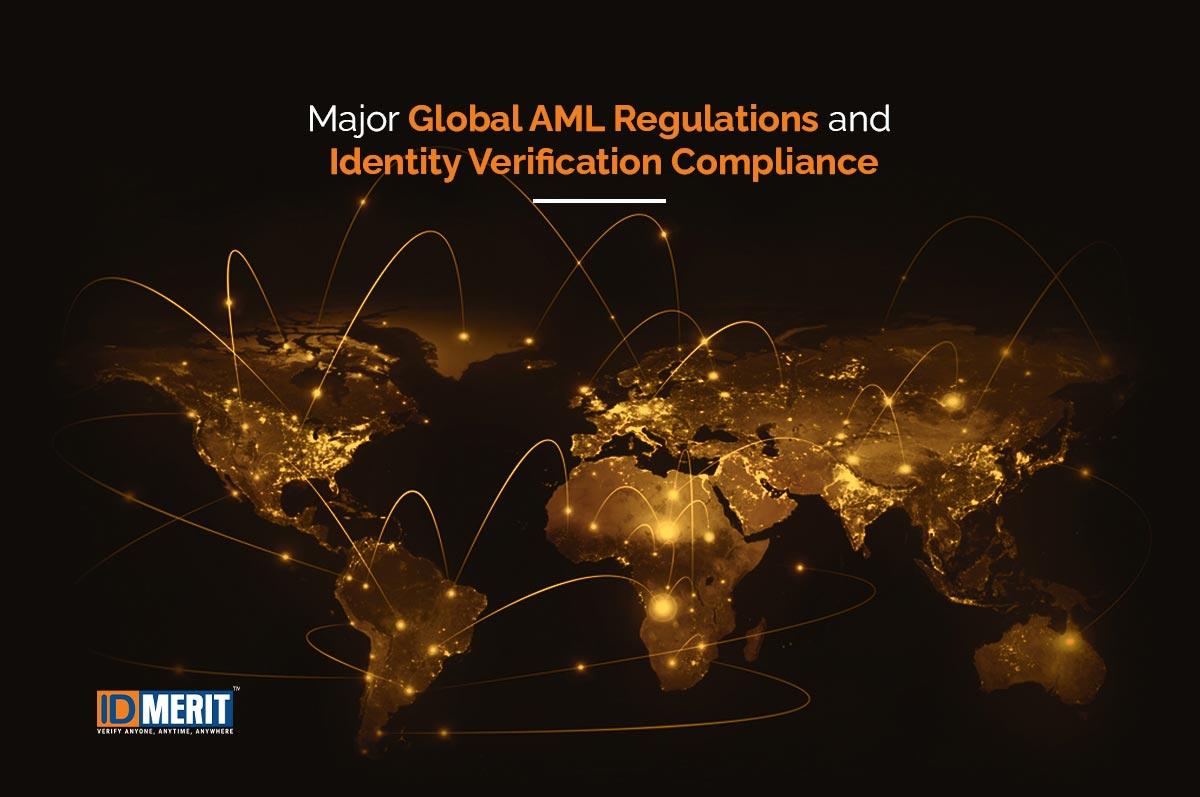In the intricate dance of global finance, where trillions of dollars flow seamlessly across borders, a shadowy adversary lurks—money laundering. As financial institutions stand at the forefront of this battleground, they must navigate a labyrinth of Anti-Money Laundering (AML) regulations that span continents and cultures. In this era of heightened scrutiny and technological evolution, understanding the nuances of global AML rules is not just a compliance requirement; it is a strategic imperative. This article delves into the complex tapestry of international AML standards, unraveling the threads of legal obligations, emerging trends, and the critical role financial institutions play in safeguarding the integrity of the global financial system. Prepare to embark on a journey through the ever-evolving landscape of AML regulations, where knowledge is power and vigilance is the key to resilience.
Understanding the Complex Landscape of Global AML Regulations
In the intricate web of global Anti-Money Laundering (AML) regulations, financial institutions must navigate a myriad of rules that vary significantly across jurisdictions. These regulations are designed to combat illicit financial activities, but their complexity can pose significant challenges. Understanding these diverse frameworks is crucial for institutions to maintain compliance and avoid hefty penalties. While the Financial Action Task Force (FATF) provides overarching guidelines, each country implements its own specific rules, creating a patchwork of requirements.
To effectively manage this complexity, financial institutions should focus on key strategies:
- Stay Informed: Regularly update your knowledge on international AML standards and local regulations.
- Implement Robust Systems: Invest in technology and systems that can adapt to changing regulatory landscapes.
- Train Employees: Ensure that staff are well-versed in both global and local AML requirements.
- Conduct Regular Audits: Periodic reviews can help identify compliance gaps and mitigate risks.
By adopting these strategies, financial institutions can better navigate the complexities of global AML regulations, ensuring compliance and safeguarding their operations against financial crime.
Key Challenges and Compliance Strategies for Financial Institutions
Financial institutions face a labyrinth of challenges when navigating the complex landscape of global Anti-Money Laundering (AML) regulations. Evolving regulatory frameworks, coupled with the intricacies of cross-border transactions, require a proactive and strategic approach. Institutions must grapple with the diverse requirements of different jurisdictions, ensuring that their compliance strategies are not only robust but also adaptable to changes in the regulatory environment. This necessitates a keen understanding of local laws, international standards, and the ability to harmonize these elements into a cohesive compliance strategy.
To effectively address these challenges, financial institutions can adopt several key strategies:
- Enhanced Due Diligence: Implementing comprehensive due diligence processes to thoroughly vet clients and transactions.
- Technology Integration: Leveraging advanced technologies such as AI and machine learning to detect suspicious activities and streamline compliance processes.
- Continuous Training: Ensuring that staff are regularly trained on the latest AML regulations and best practices.
- Collaboration and Information Sharing: Engaging in partnerships with other financial institutions and regulatory bodies to share insights and improve compliance efforts.
By prioritizing these strategies, financial institutions can not only mitigate risks but also enhance their reputation and trustworthiness in the global market.
Leveraging Technology to Enhance AML Compliance Efforts
In the ever-evolving landscape of anti-money laundering (AML) regulations, financial institutions are turning to technology as a formidable ally in bolstering compliance efforts. Harnessing the power of advanced technologies such as artificial intelligence (AI), machine learning, and blockchain can significantly enhance the ability to detect and prevent illicit activities. AI and machine learning algorithms can analyze vast amounts of transactional data in real-time, identifying patterns and anomalies that may indicate suspicious activities. This not only improves the accuracy of detection but also reduces the burden of false positives, allowing compliance teams to focus on genuine threats.
Blockchain technology offers a transparent and immutable ledger, which can be leveraged to enhance the traceability of transactions, providing an additional layer of security and accountability. By integrating these technologies, financial institutions can achieve several key benefits:
- Improved efficiency in monitoring and reporting suspicious activities.
- Enhanced data security and privacy through encryption and secure data sharing protocols.
- Scalability to handle increasing volumes of data as regulatory requirements expand.
Adopting these technological solutions not only aids in meeting global AML rules but also positions financial institutions as proactive leaders in the fight against financial crime.
Building a Culture of Vigilance and Accountability in Financial Services
In the intricate web of global financial systems, fostering a culture that prioritizes vigilance and accountability is paramount. Financial institutions must weave these principles into their very fabric to effectively combat money laundering and ensure compliance with international standards. A proactive approach involves not only adhering to existing regulations but also anticipating future challenges. Institutions should focus on developing robust internal policies that emphasize transparency and ethical conduct, ensuring that every employee understands their role in safeguarding the financial ecosystem.
Key strategies to build this culture include:
- Comprehensive Training Programs: Regular and mandatory training sessions to keep staff informed about the latest AML regulations and red flags.
- Strong Leadership Commitment: Leadership must visibly support and prioritize AML initiatives, setting a tone of zero tolerance for non-compliance.
- Advanced Monitoring Systems: Implementing cutting-edge technology to detect suspicious activities in real-time, ensuring swift action and reporting.
- Open Communication Channels: Encouraging employees to report suspicious activities without fear of retaliation, fostering an environment of trust and responsibility.
By embedding these practices, financial institutions not only comply with global AML rules but also protect their reputation and contribute to a more secure financial landscape.





